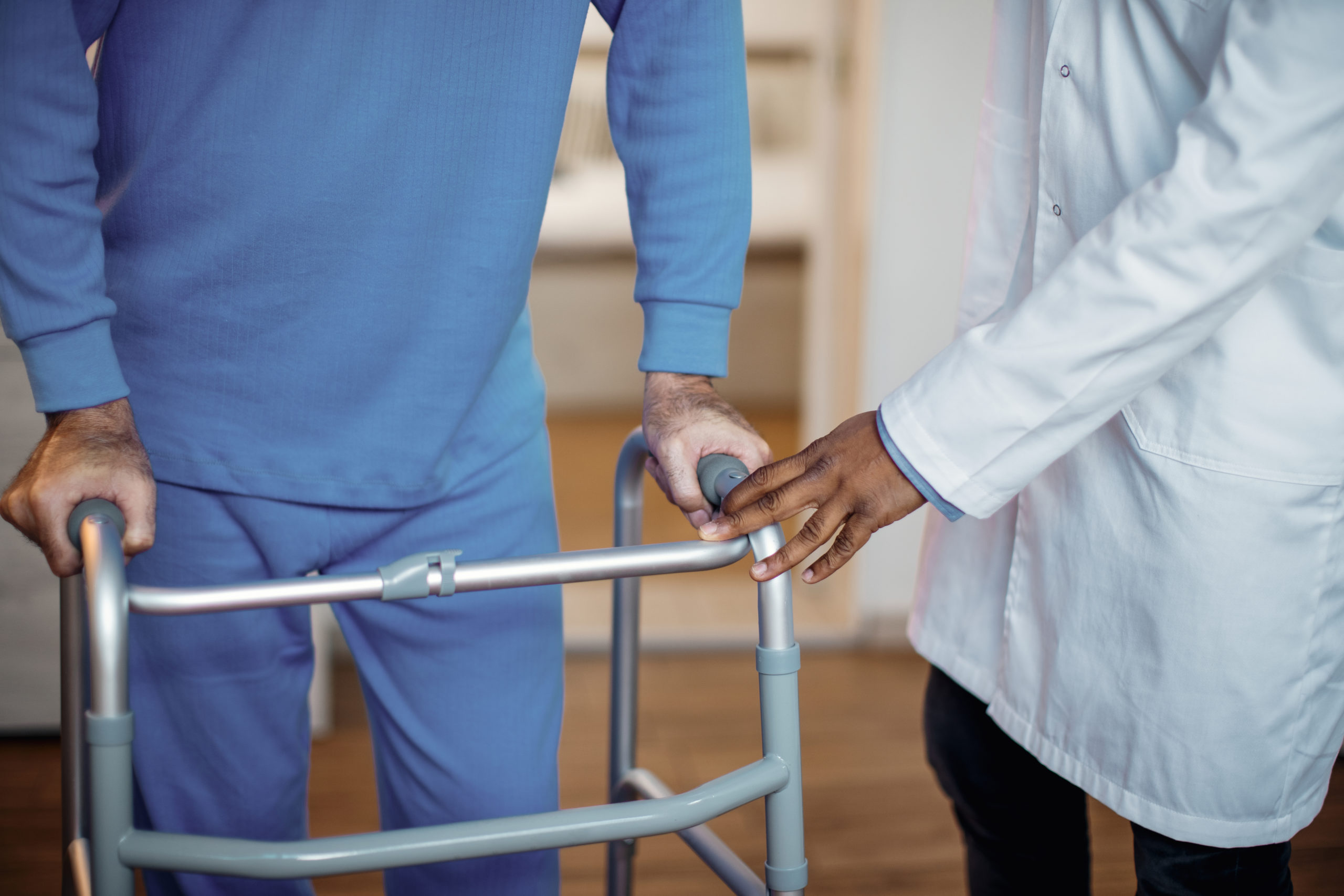
As an elder law and Medicaid planning attorney, I help a lot of families protect their assets from the cost of long-term care. However, I also care deeply that your loved ones are in good hands after they transition into a nursing home facility. If a loved one is going into a nursing home—or if they already reside in a long-term care facility—it’s important to be aware of the fall prevention practices that are in place.
As your loved ones age, their risk of falling increases tremendously. Each year, millions of seniors suffer falls at home, in public places, or in long-term care facilities. According to the CDC, approximately one out of four seniors fall each year, and falling once doubles the chance of falling again. Falls are frequently fatal, but even non-fatal falls lead to serious injury about 10-20% of the time. This can be anything from broken bones to serious head trauma.
The repercussions from these types of falls are much greater than the physical injuries alone. Falling can result in a functional decline, reduced quality of life, and fear of falling again, which can lead to feelings of depression, helplessness, low self-esteem, and social isolation.
When visiting your loved one in the nursing home, check to ensure the facility has addressed the following risks:
Environmental Risks – Environmental factors can be a huge contributor when it comes to falls. Things to look for include loose carpeting, slick or glossy floors, poorly arranged furniture, and dim lighting. Along with this, residents should be encouraged to wear rubber-soled athletic shoes or lace-up or strap-on shoes that fit snugly, rather than just socks or slippers.
Health Risks – Each resident should be assessed by the nursing home staff to identify any health issues that may make an individual more prone to falls, such as fainting, low blood pressure or certain medications. The health history should also explore if there are any past incidents of falling and if there are any mobility issues.
Exercise – The nursing home should offer a daily exercise program and promote an overall active lifestyle for their residents to improve balance, strength, and gait, and therefore help reduce the risk of falls. Oftentimes residents are assigned wheelchairs though they have little need, and the reliance on the wheelchair eventually erodes their endurance, strength and balance through neglect.
Staffing – Staff members should be provided educational programs that teach them how to provide the level of care and attention that residents need. They should be able to recognize when a resident is at risk of falling, and there should be proper procedures in place in case a fall does occur. The facility should also be adequately staffed especially during high traffic times such as meals.
When a loved one transitions to a nursing home, you want the absolute best for them in terms of their wellbeing—and we want to ensure their wellbeing, also.
If your loved one is not prepared for the potential cost of long-term nursing care, and you are beginning to notice a decline in their physical and/or mental health, it’s important that you take certain legal steps…and fast.
Download the Free Guide and e-Book Now!
Start by downloading our free guide: Caring for Aging Loved Ones. In this guide, you’ll learn which questions you should be asking, how to have “the talk” with your aging loved ones, the 6 steps to take before (or during) a crisis, and which mistakes to avoid while preparing to qualify for Medicaid.